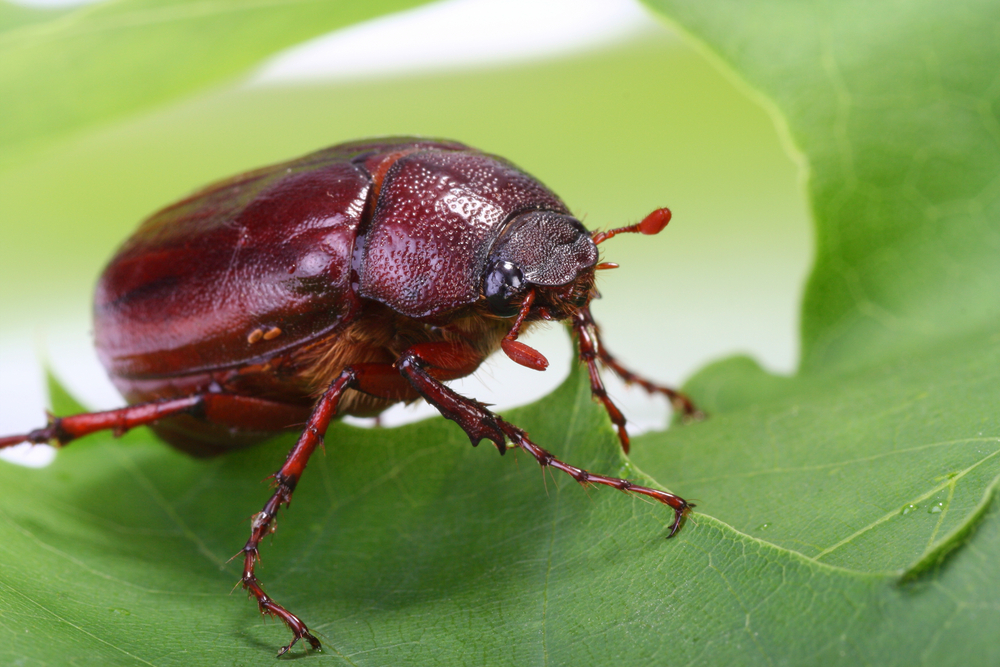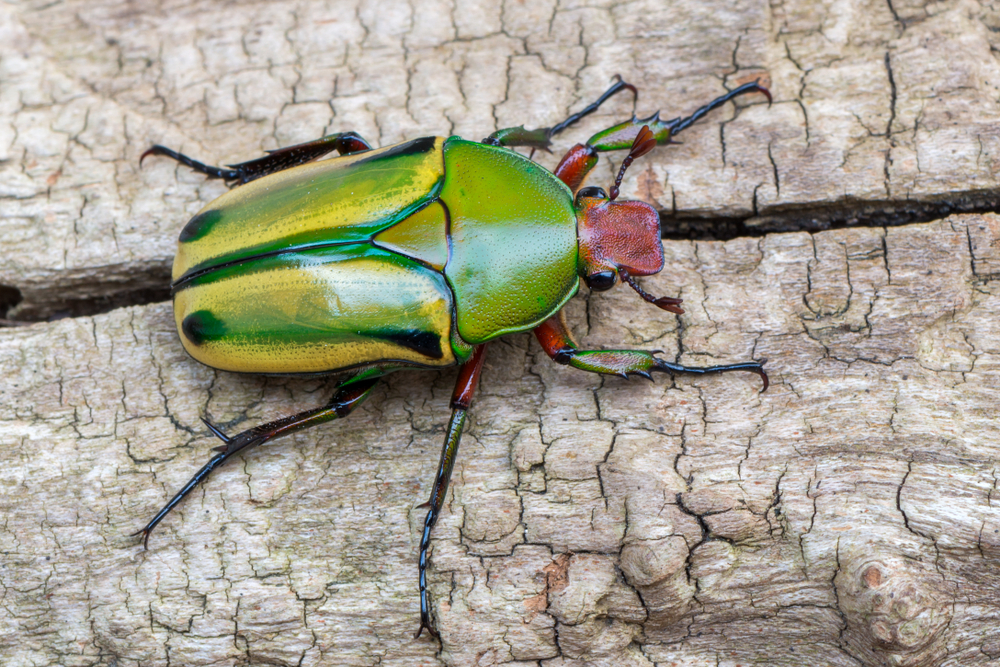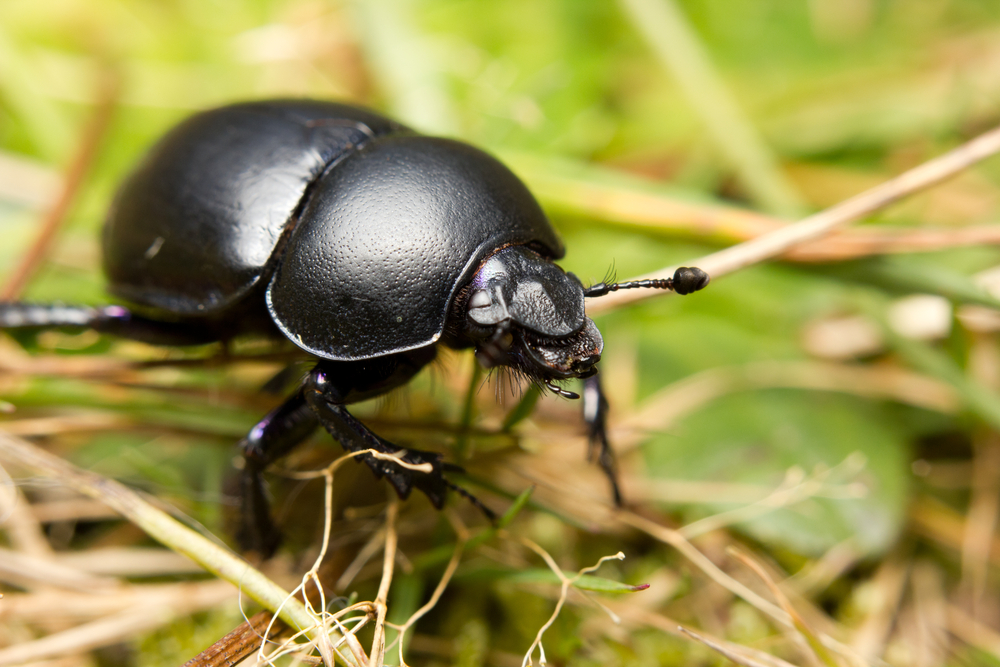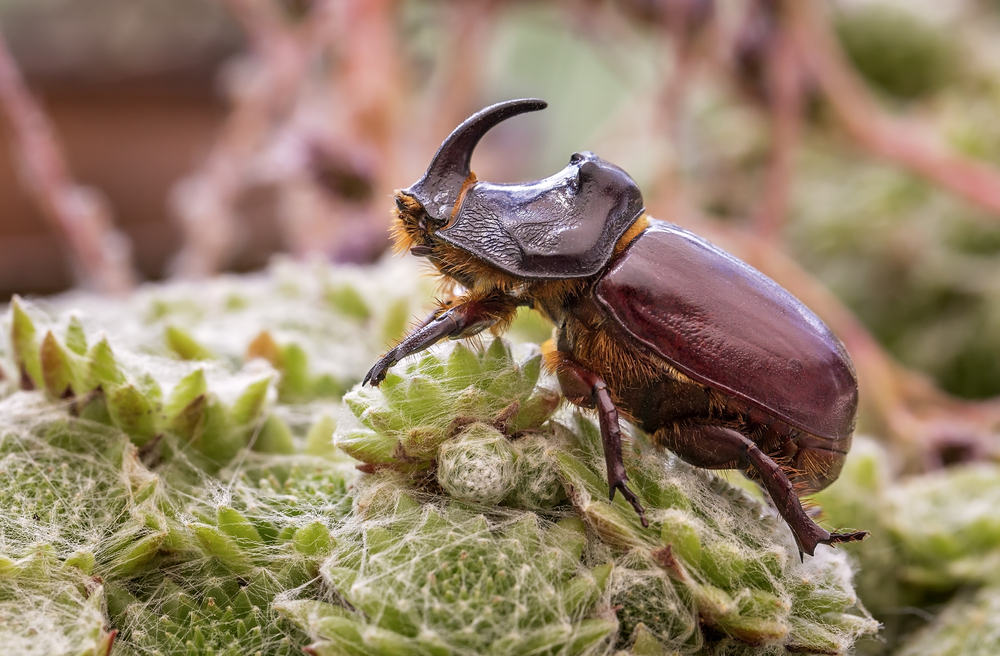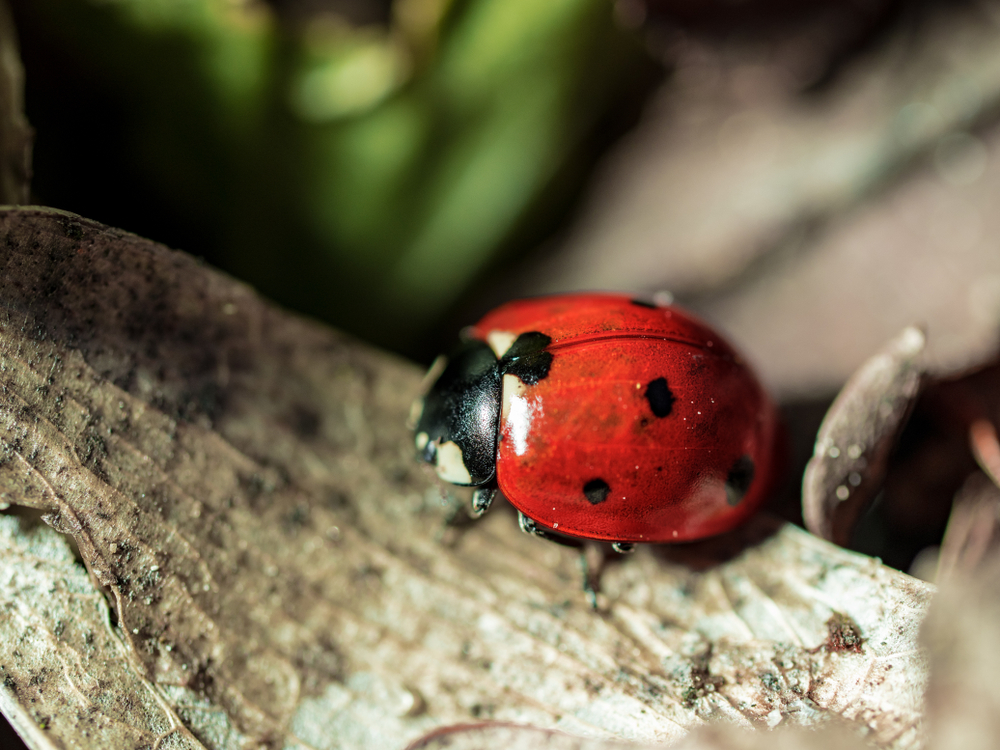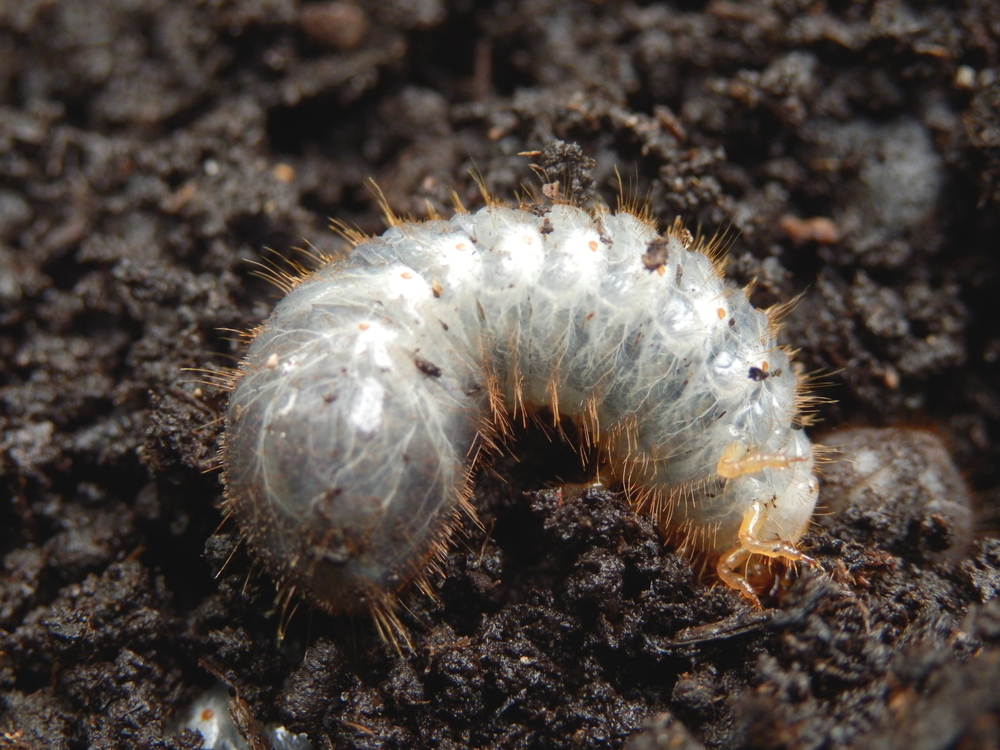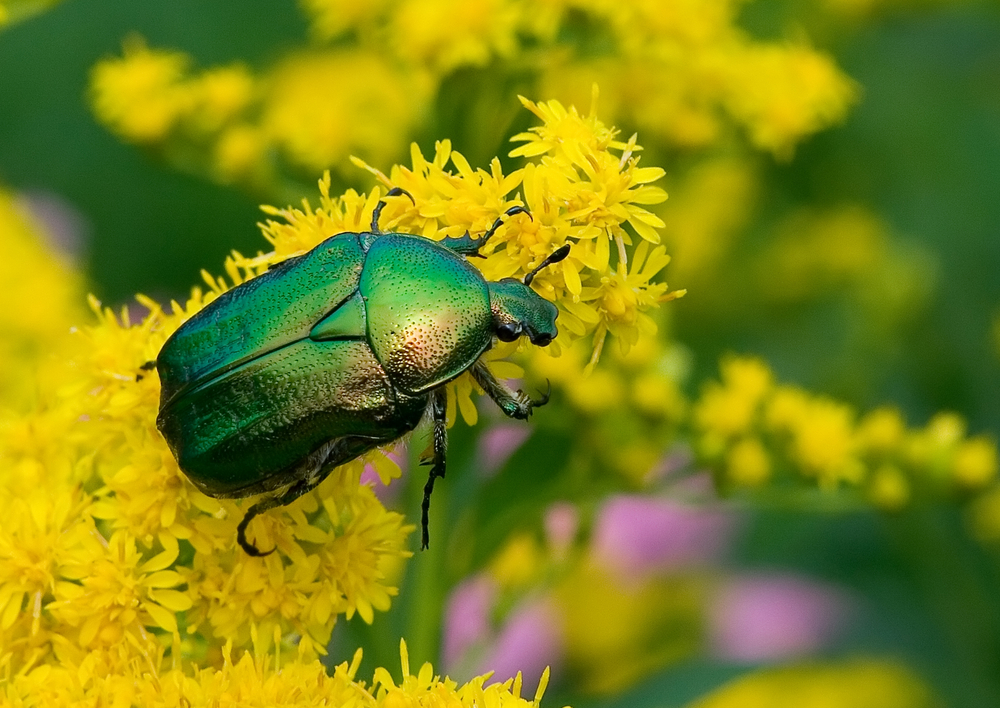About
#Insect
The June bug, commonly known as June beetles or May beetles, is a group of beetles belonging to the family Scarabaeidae, within the order Coleoptera, the largest order in the Animal Kingdom. These beetles are part of the genus Phyllophaga, which includes a wide variety of species, with over 300 identified in North America alone. June bugs are particularly noted for their emergence in the late spring and early summer months, hence their common name.
Characterized by their robust, oval bodies and relatively large size, June bugs possess a hard exoskeleton that ranges in color from reddish-brown to black. They have six sturdy legs and a pair of antennae that are often feathered. The adult beetles are most active during the evening and are attracted to lights, which often leads to encounters with humans.
June bugs go through a complete metamorphosis, starting their life as eggs laid in the soil, progressing through a larval stage where they are known as white grubs, then transforming into pupae, and finally emerging as adult beetles. During their larval stage, they live underground, feeding on the roots of various plants, which can make them agricultural pests. The life cycle, behavior, and wide distribution of June bugs make them a well-known feature of summer evenings in many regions.
Conservation Concerns
June bugs, as a diverse group of beetles, are not individually assessed for conservation status on the IUCN Red List. However, habitat loss, pollution, and pesticide use pose potential threats to their populations, particularly in areas with intensive agriculture or urbanization. Conservation efforts aimed at preserving natural habitats, reducing pesticide applications, and promoting sustainable land management practices can help mitigate these threats and ensure the continued presence of June bugs in ecosystems.
Threatened:
Extinct
Critically Endangered
Endangered
Vulnerable
Near Threatened
Least Concern



































































